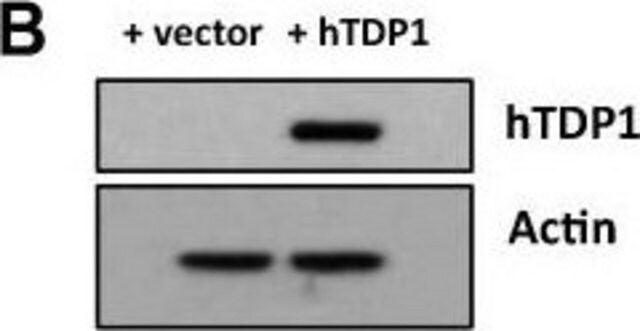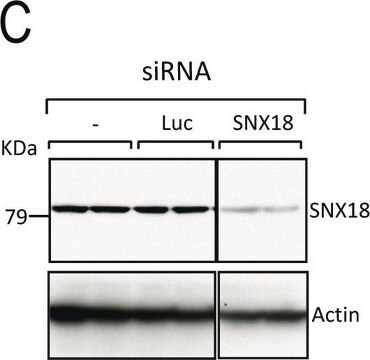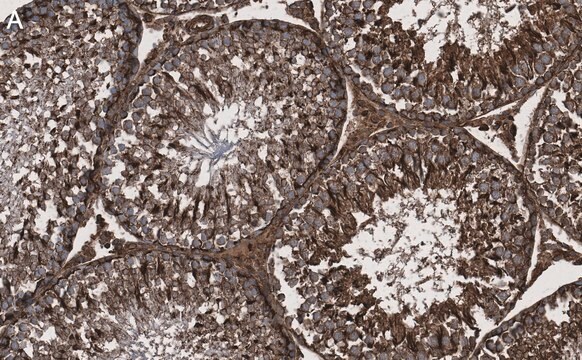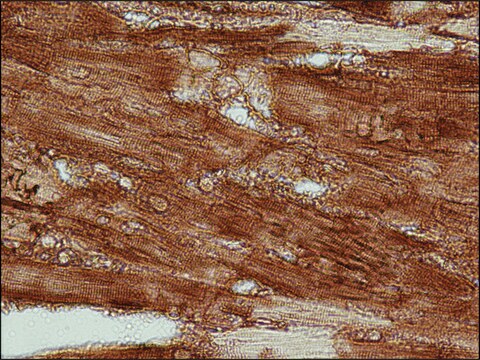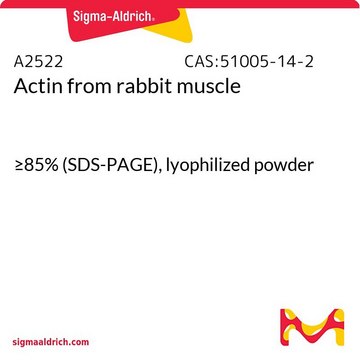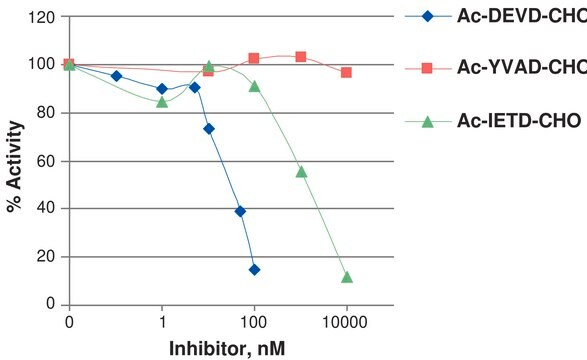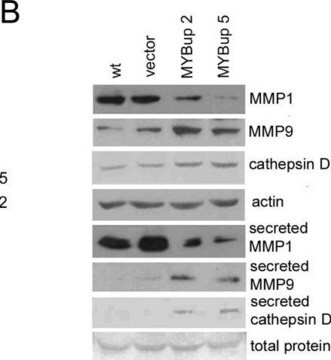A3853
Anti-Actin antibody, Mouse monoclonal
clone AC-40, purified from hybridoma cell culture
Synonym(s):
Anti-ACTA
About This Item
Recommended Products
biological source
mouse
Quality Level
conjugate
unconjugated
antibody form
purified from hybridoma cell culture
antibody product type
primary antibodies
clone
AC-40, monoclonal
form
buffered aqueous solution
packaging
antibody small pack of 25 μL
technique(s)
immunocytochemistry: 10-20 μg/mL using chicken or human fibroblasts by methanol/acetone fixation
immunohistochemistry: suitable
indirect ELISA: suitable
microarray: suitable
western blot: 0.5 μg/mL using chicken or human fibroblasts
shipped in
dry ice
storage temp.
−20°C
target post-translational modification
unmodified
General description
The antibody recognizes an epitope located on the C-terminal end of actin conserved in all actin isoforms. It specifically labels actin in a wide variety of tissues and species. The epitope recognized by the antibody is resistant to formalin-fixation and paraffin-embedding. Zinc-formalin, B5, ethanol, methacarn, Brunnel′s or Bouin′s solutions may also be used as fixatives.
Monoclonal Anti-Actin (mouse IgG2a isotype) is derived from the AC-40 hybridoma produced by the fusion of mouse myeloma cells and splenocytes from an immunized mouse. A synthetic actin C-terminal peptide, attached to Multiple Antigen Peptide (MAP) backbone was used as the immunogen. The isotype is determined using Mouse Monoclonal Antibody Isotyping Reagents, Catalog No. ISO2
Specificity
Immunogen
Application
Monoclonal Anti-Actin antibody produced in mouse has been used in the detection of actin in human bronchial epithelial cells using immunohistochemical assays. It has also been used in immunofluorescence detection in cardiomyocytes.
Biochem/physiol Actions
The actin in cells of various species and tissues are very similar in their immunological and physical properties characterized by electrophoresis and amino acid sequence analysis. They mediate cytoskeletal remodeling during T cell activation. Mutation in the γ-actin and β-actin gene is associated with a developmental disorder called Baraitser-Winter syndrome. Mutation in the γ-actin leads to hearing loss.
Physical form
Storage and Stability
Other Notes
Disclaimer
Not finding the right product?
Try our Product Selector Tool.
recommended
Storage Class
10 - Combustible liquids
wgk_germany
WGK 2
flash_point_f
Not applicable
flash_point_c
Not applicable
ppe
Eyeshields, Gloves, multi-purpose combination respirator cartridge (US)
Certificates of Analysis (COA)
Search for Certificates of Analysis (COA) by entering the products Lot/Batch Number. Lot and Batch Numbers can be found on a product’s label following the words ‘Lot’ or ‘Batch’.
Already Own This Product?
Find documentation for the products that you have recently purchased in the Document Library.
Customers Also Viewed
Our team of scientists has experience in all areas of research including Life Science, Material Science, Chemical Synthesis, Chromatography, Analytical and many others.
Contact Technical Service




